Mangalajodi: A Story of Birds, Wetlands, and Community Conservation
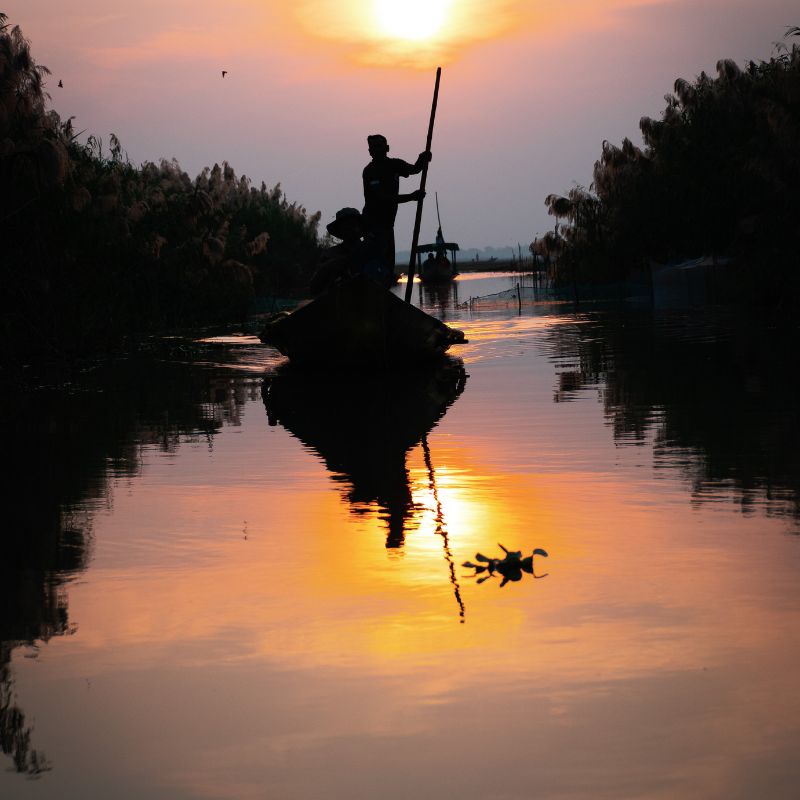
“When someone was pregnant in our village, we were told to bring bird meat,” says Sanatan as we return from a wonderful late afternoon boat ride in Manglajodi.
A guide to Russia’s Northern Lights
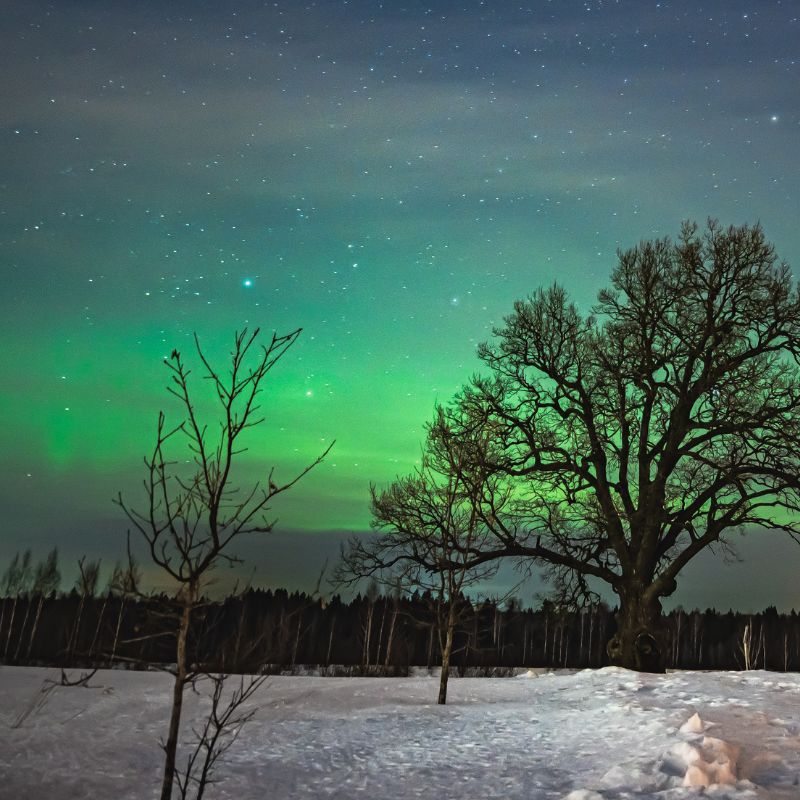
A Russia Northern Lights trip in winter is unlike anything else—especially when you’re standing in the Arctic Circle, watching the Aurora Borealis dance above Murmansk, Teriberka, or the frozen expanse of Lake Baikal.
Lucknow: The emerging capital of experiential travel
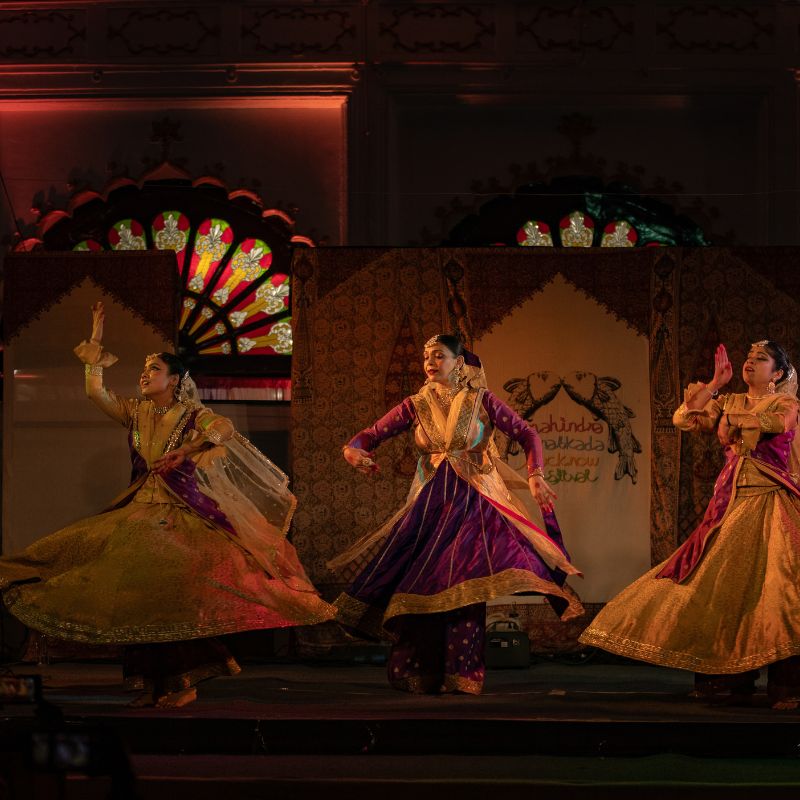
To most, Lucknow is either a political battleground where electoral legends are made and unmade, or a quaint city where an old aunt once attended Loreto Convent, visited the Imambara, and shopped in Hazratganj during her summer holidays.
Japan in Winter: 5 Destinations Not To Miss
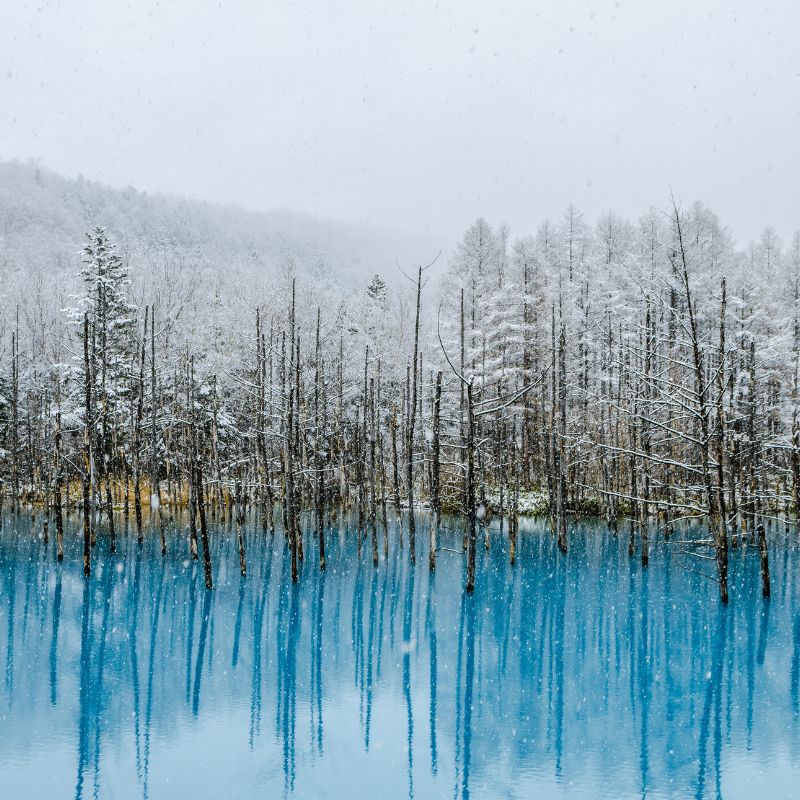
Japan in winter is a season of contrasts—powdery snow falling over centuries-old temples, steaming hot springs tucked into mountain valleys, and coastal towns with crisp blue skies and quiet streets.
Sustainable Travel vs. Slow Travel: What’s the Difference, Really?
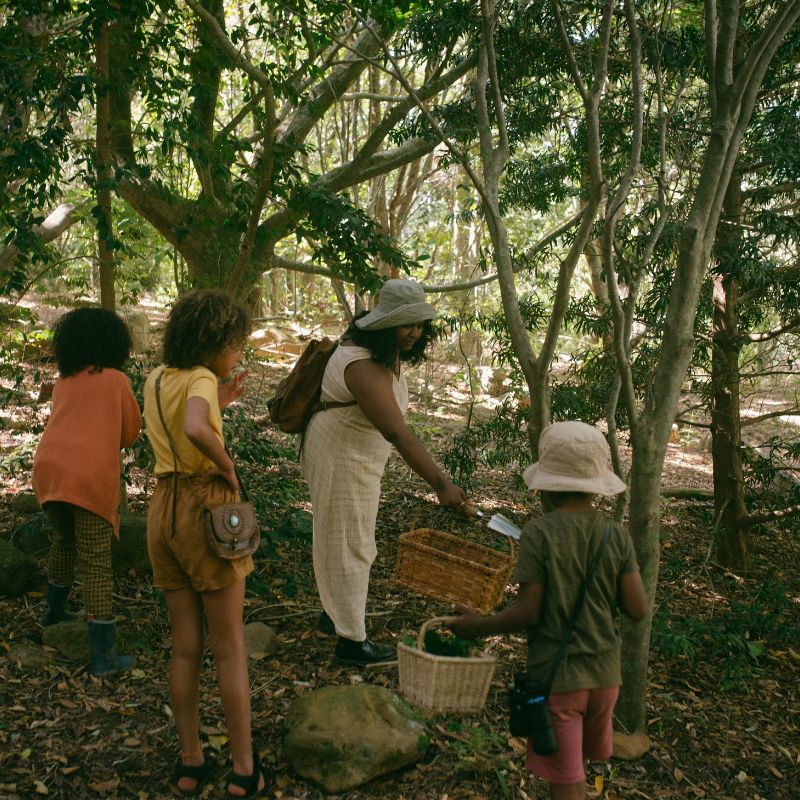
These two phrases—sustainable travel and slow travel—show up all the time. Sometimes they’re treated like twins. But they aren’t. They do overlap, yes. But one is about how you travel. The other is about why you travel the way you do.
The 5 Great Islands of Indonesia

Indonesia isn’t just a country — it’s a constellation of stories spread across more than 17,000 islands. From ancient volcanoes and equatorial rainforests to tribal traditions and spiritual ceremonies, the islands of Indonesia each carry a different rhythm, a different world.
Find Your Travel Spirit: What is your travel personality?

Discover your inner travel spirit! Are you a Pharaoh, Shaman, or a Voyager? Uncover the traveller type that best matches your soul and share the fun with fellow explorers.
Shoguns of Japan: Stories of Power, Peace and Edo Castle
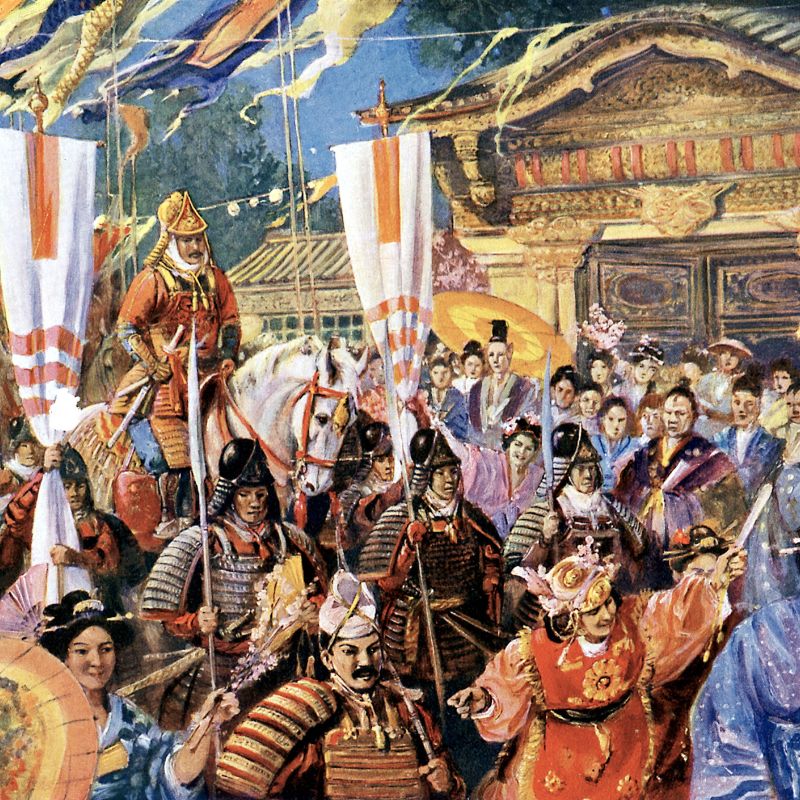
Discover the story of Japan’s Tokugawa shoguns and their legacy at Edo Castle. Uncover how one battle shaped centuries of peace, tradition, and culture in Japan.
Travel Planning Fatigue: Why Curated Trips Are the Cure
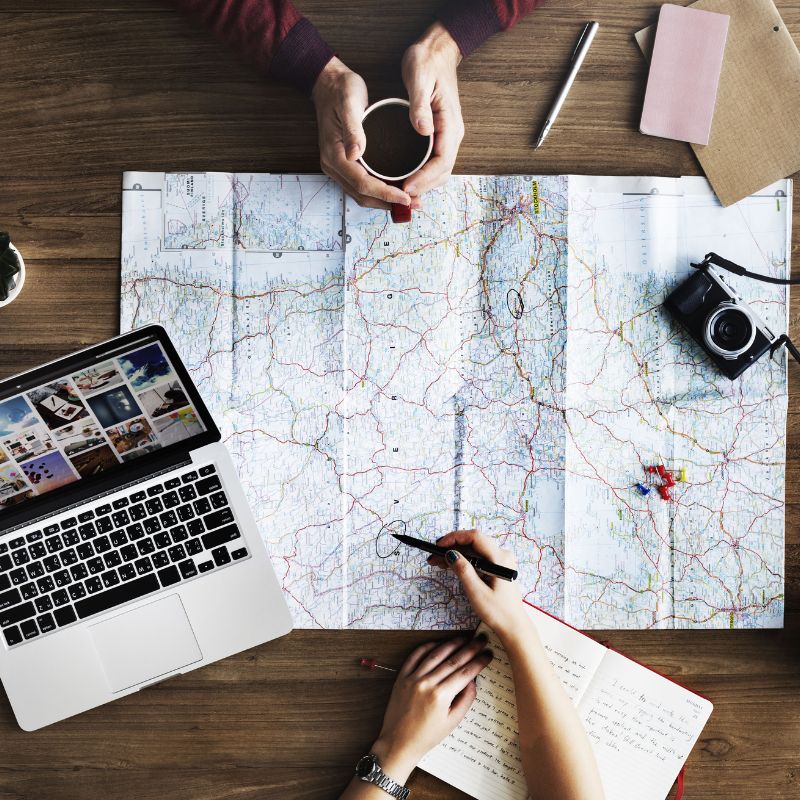
Feeling overwhelmed by endless travel choices? Discover how curated trips by AEJ cut through the noise, saving you time and ensuring stress-free, personalised holidays.
Hidden Gems and Insider Travel Tips for India
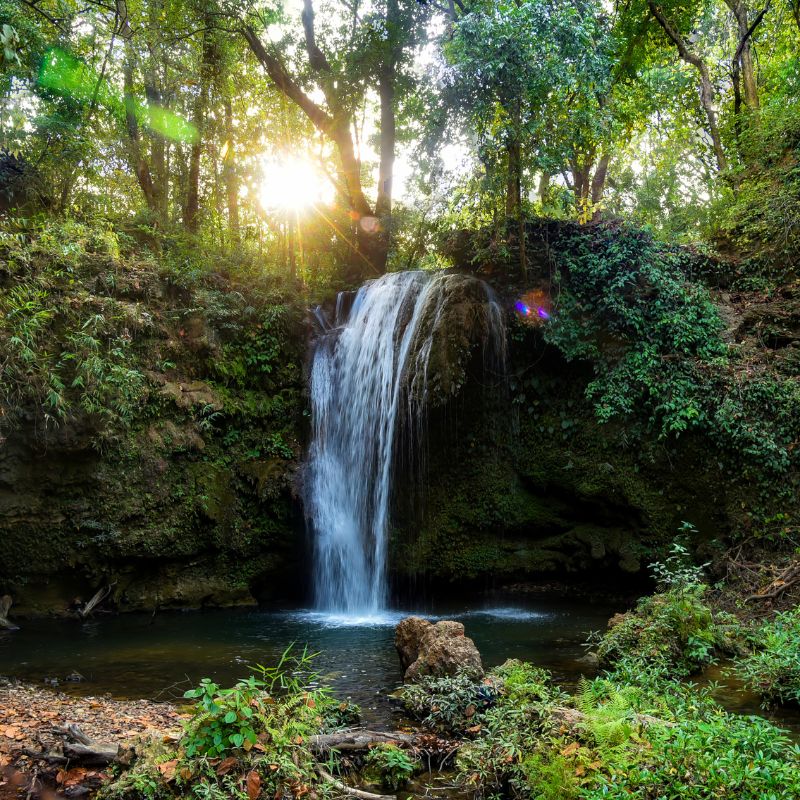
Discover India beyond the headlines with thoughtfully curated travel suggestions. From Kumaon’s forest trails to Majuli’s river life, Satpura’s wild escapes, and Thiruvannamalai’s sacred charm—find journeys that reveal India’s quiet, hidden corners.
